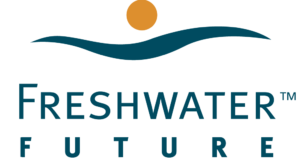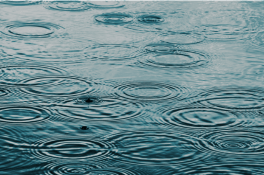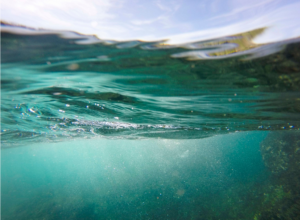New U.S. EPA Rule Threatens Public Water Utilities –
We Want to Improve It
When a water system fails to meet health regulations like elevated lead or nitrate levels, enforcement measures by state agencies are essential to protect public health. Yet a new proposed rule by the U.S. EPA, the Water System Restructuring Assessment Rule, gives more power to state agencies to demand water system consolidation, regionalization, or privatization. Unfortunately, this could result in a community losing oversight of their water utility and unaffordable water bills. Freshwater Future recommends changes to the Rule that demand stronger requirements for public engagement, protections from unaffordable water bills, and safeguards to ensure communities continue to have oversight of their drinking water. If you’re an individual, please help us send a strong message to the U.S. EPA by taking action today! A sign-on form for organizations to support our formal comment letter is coming next week – stay tuned.

Deadline July 22nd: Your Voice is Needed to Improve Ohio’s Water System Funding!
Water systems nationwide are aging and need upgrades to deliver safe drinking water. The main funding program to improve drinking water infrastructure in the state – the Water Supply Revolving Loan Account is now open for public comment in Ohio. Changes must be made to Ohio’s program, or this money may not reach the communities that need it most. Our neighbors in Ohio deserve access to safe, clean, and affordable water! Right now, Ohio’s annual plan is open for public comment until July 22nd. Don’t wait — submit comments and share the action for Ohio today! Read more about how the State Revolving Funds that support the nation’s drinking and wastewater infrastructure are being threatened below.
House Majority Proposes Huge Cuts to U.S. EPA and Drinking + Wastewater Infrastructure Funding
Water systems in the U.S. need an estimated $1.3 trillion in infrastructure investments over the next 20 years to meet federal standards. Yet, last week, the House majority Fiscal Year 2025 appropriations bill proposed significant cuts to the U.S. EPA and the main funding mechanisms for drinking and wastewater infrastructure. The bill reduces funding for safe and clean water infrastructure assistance to local systems by 25%, from $2.8 billion to $2.1 billion—the lowest in over 15 years. Jill Ryan, Freshwater Future’s executive director, responded: “Where House Republicans hope to cut government spending, they would transfer the price directly onto ratepayers already struggling through a water affordability crisis. We have joined a broad and diverse coalition calling for this funding to not only be restored but increased to reflect our nation’s infrastructure needs to provide safe and clean water.”
Meet Freshwater Future’s Spring Grantee: Blue Fish Canada!
Freshwater Future’s project grants support grassroots organizations advocating for water justice in Great Lakes communities. Today and in the coming weeks, we will be featuring some of our recent Spring Project grantees and their amazing work! Our friends at Blue Fish Canada, drivers of the Great Lakes Network’s fish health advocacy, are dedicated to protecting the health and future of Canada’s water and wild fish stocks. They will be engaging Indigenous fishers and recreational anglers across the Great Lakes to conduct community science using a series of tools and apps to inform the public of issues impacting the health of the area, including water quality, fish health, and wetland and habitat resilience. This information will be shared with decision makers and the public to mitigate fish health impacts.
Lake Erie Algae Forecasts Fails to Show Phosphorus Reductions
While all the Great Lakes experience harmful algal blooms (HABs), Lake Erie – the shallowest and warmest Great Lake – is particularly vulnerable to HABs. You might remember the Toledo water crisis in 2014, when toxic algae in the drinking water made the tap water unsafe for three days. Unfortunately, national and state efforts have failed to substantially improve the situation. Commercial fertilizer and manure accounts for around 90% of the phosphorus entering Lake Erie. Yet few effective solutions have been directed at industrial agriculture and Confined Animal Feeding Operations (CAFOs). We continue to support our partners at Lake Erie Waterkeeper in the fight to have manure application strategically addressed in the fight for a safe and clean Lake Erie.









